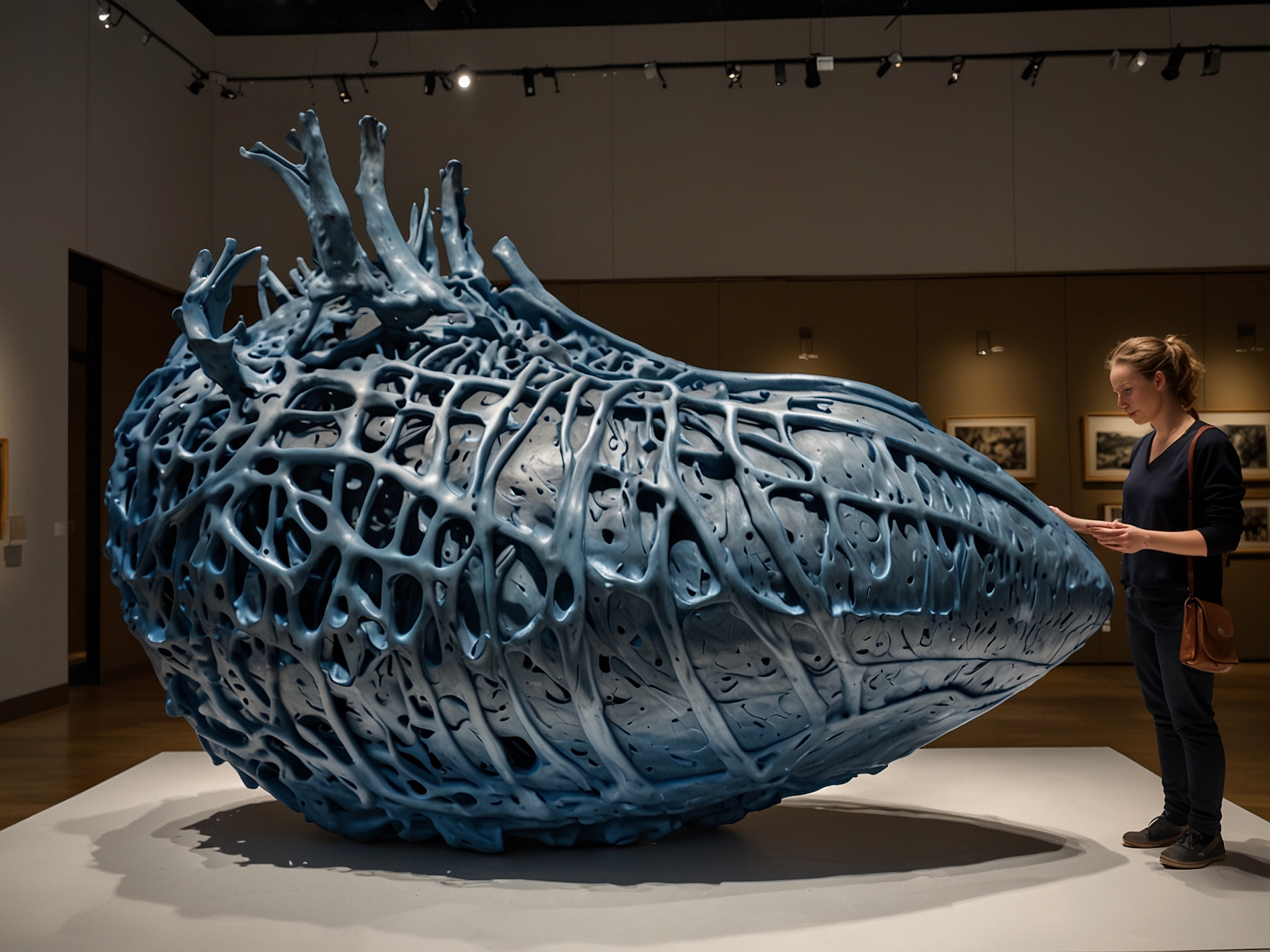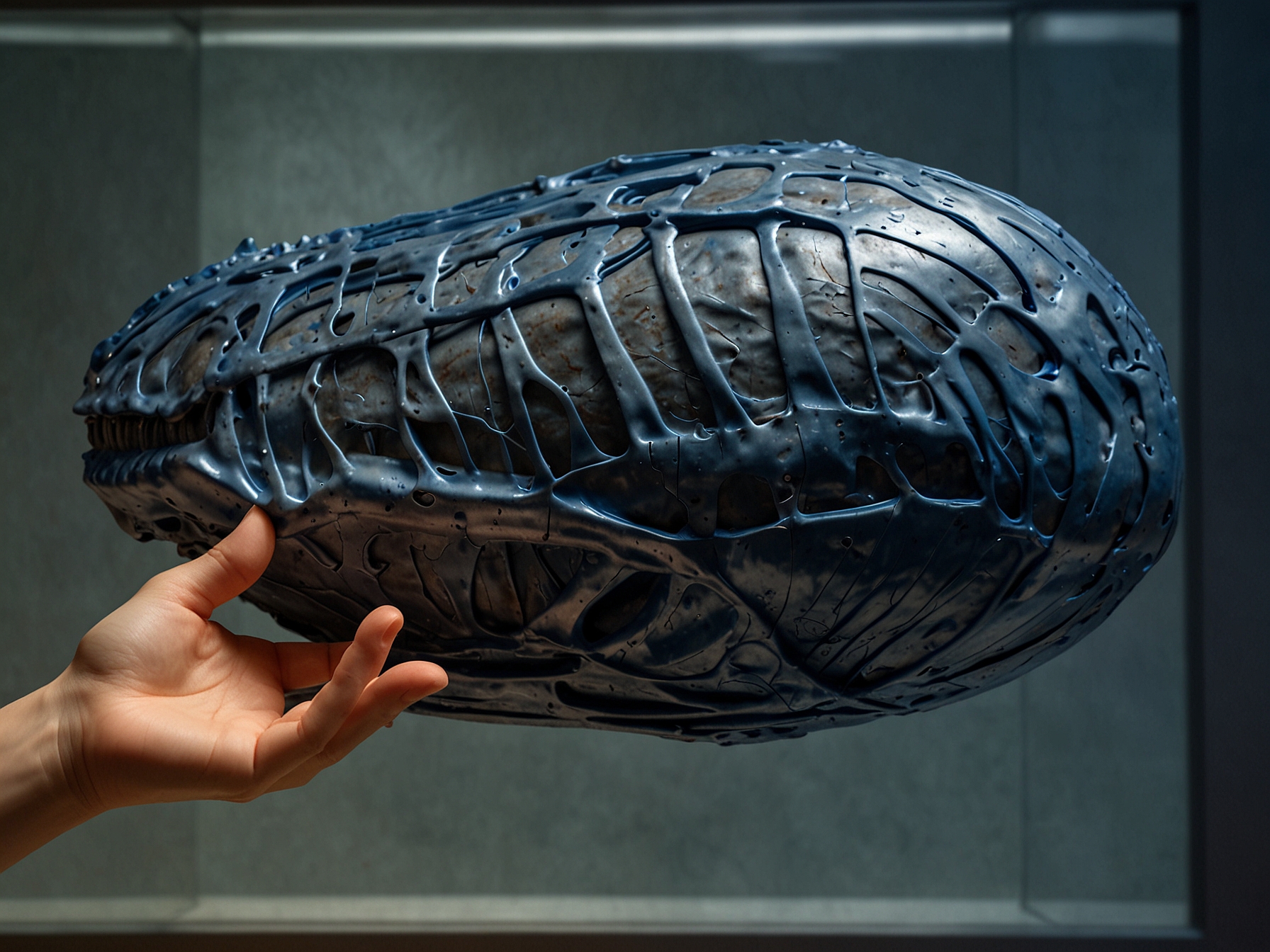The Enigma of the Blue Whale Heart
Have you ever wondered just how big the heart of a blue whale really is? Many people imagine something colossal, nearly as big as a car. However, when presented with the reality, perspectives shift. The Royal Ontario Museum has taken this curiosity to heart—quite literally—by displaying the largest heart known to mankind. This extraordinary opportunity deepens our understanding of the majestic blue whale, an ocean giant with secrets just waiting to be uncovered.
In 2014, tragedy struck when a blue whale stranded itself on the rocky shores of Newfoundland, Canada. This incident, while heartbreaking, became a gateway into exploration and research. The whale’s massive heart, weighing in at a staggering 180 kg, became a centerpiece in the museum’s ambitious project.

With the cutting-edge techniques of modern science, researchers embarked on a journey to preserve a piece of this magnificent creature, allowing countless visitors to learn about the animal that reigns supreme in the ocean depths.
The Preservation Process: Science Meets Art
What does it take to preserve something so colossal? First, researchers had to remove the heart from the whale. This was no easy task; it required specialized equipment worth thousands of dollars. Then, they embarked on a meticulous journey of preservation that spanned nearly six months.
They infused the heart with a silicone rubber replacement, ensuring it remained pristine and odorless. Did you ever think about what it means for scientists to deal with something so monumental? Mark Engstrom, the museum’s CEO, noted that the challenge was as daunting as it was fascinating.

The goal was clear: to preserve this heart not only for display but also as a means to answer the many questions people ask about blue whales. Tackling something as grand as the heart of the largest animal on Earth is an emotional experience, connecting us to the fragility of nature.
Education Through Exploration: A New Perspective
Why is this significant? The display of the preserved heart provides a unique opportunity for education. Visitors are captivated by this tangible connection to the ocean’s grandeur.
Engstrom reflects on how the whale heart challenges our preconceived notions. It is indeed large but not quite as enormous as a vehicle, which tends to disappoint some. That’s part of the beauty of learning—finding unexpected truths.

Moreover, researchers hope that examining the heart will yield insights into the biology of blue whales, including their circulatory systems. Could this knowledge reshape our understanding? It’s hard to say. What we do know is that the more we learn about these magnificent creatures, the more we realize how little we truly understand.
A Heartfelt Connection—Diving Deeper
As we ponder over the blue whale’s heart, what emotions does this evoke in you? For many, the thought of such a magnificent animal evokes awe and respect. The preservation of the blue whale’s heart serves as a reminder of marine life’s fragility.
It sparks a conversation about conservation and our responsibility to protect these majestic beings. Ultimately, this display is not merely about size; it is about connection and curiosity. How will the heart of the blue whale continue to inspire future generations?
The journey isn’t just academic; it’s a deeply emotional engagement with nature’s wonders. Each heartbeat represents a story, a life connected to the vast oceans of our planet.
The Royal Ontario Museum has opened a portal into the life of the blue whale much greater than we could ever imagine. The experience is unique and transformative, leaving one to wonder: how can we ensure that future generations get to learn about such incredible creatures?
The challenge to protect our oceans and their inhabitants lies in our hands, and perhaps this remarkable heart will light the way.




